
As of the year 2025, the railway networks of Africa are undergoing enormous modifications, combining historical legacies with modern improvements. It is essential that these improvements take place in order to improve economic growth, connection, and trade across the continent. The following is a comprehensive analysis of the top ten African nations that will have the longest railway lines in the year 2025:
List Of Top 10 Countries With The Longest Railway Lines In Africa 2025
1. South Africa

The Big Railroad of Africa Not only does South Africa have the longest train network in Africa, it also has the most impressive one, with 20,986 kilometers of track. Transnet Freight Rail, a state-owned business in charge of both freight and passenger operations across the country, is in charge of this huge and complicated network. South Africa’s rails have been very important in shaping the country’s economy and industry. The Sishen-Saldanha line, a heavy-haul railway that runs for 860 kilometers, is one of the most interesting lines. From the mines in the Northern Cape to the export terminal at Saldanha Bay on the Atlantic Ocean, this line is built to carry bulk goods, mostly iron ore. It is one of the few railroads in the world that can carry very heavy loads in a single trip. This shows how good South Africa is at engineering and logistics.
2. Sudan

The train network in Sudan is one of the largest in North Africa, with a total length of 7,251 kilometers. This railway system connects the country’s major towns and is historically and geographically important. It is also a key route for trade and transportation across Sudan’s vast and often difficult desert landscape. The railways in Sudan connect the capital city, Khartoum, to important business and population hubs like Port Sudan, Atbara, and Nyala. They make it possible for goods, agricultural products, and people to travel long distances. In a country where roads are still not well developed in many remote areas, these links are very important.
3. Egypt
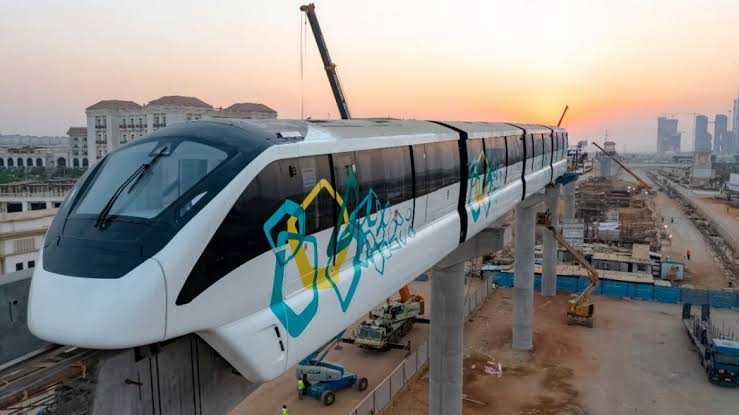
There are 5,085 kilometers of railways in Egypt, making it home to one of the longest and most historically important networks in Africa. Egypt’s railroads were the first in Africa and the Middle East. They were built in the middle of the 19th century and changed the way people traveled in the area. The network is an important link between big cities and business hubs. Cairo is the busy capital city, and key lines link it to Alexandria on the Mediterranean coast and to Aswan in the south, going through the middle of the Nile Valley. Millions of people use these paths every year, and they are an important part of both short- and long-distance travel in the country.
4. Mozambique
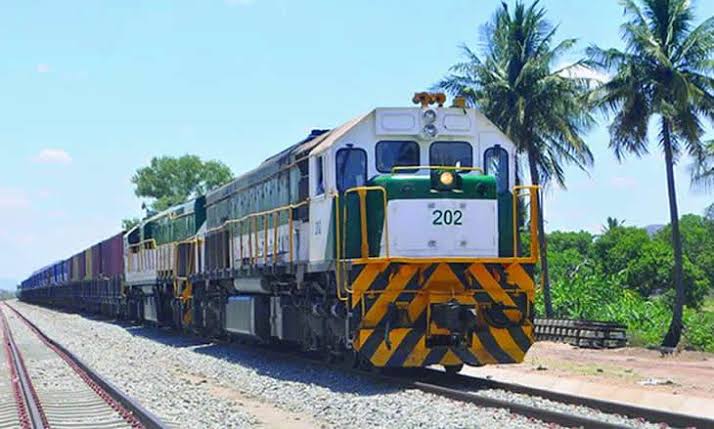
The 4,787-kilometer railway network in Mozambique is an essential component of the country’s economy and a key component of the regional trade system in Southern Africa. From the nation’s interior to its busy coastal ports, the railways are crucial in enabling the export of vital resources, especially coal and agricultural products. The Beira Corridor and the Maputo Corridor are two of the most significant commerce routes in Mozambique’s railway network. These routes are well positioned to link Mozambique’s ports with landlocked neighbors like Malawi, Zambia, and Zimbabwe. The Maputo Corridor connects the capital, Maputo, to the industrial heartland of South Africa, while the Beira Corridor extends inland from the port city of Beira into central Mozambique.
5. Tanzania
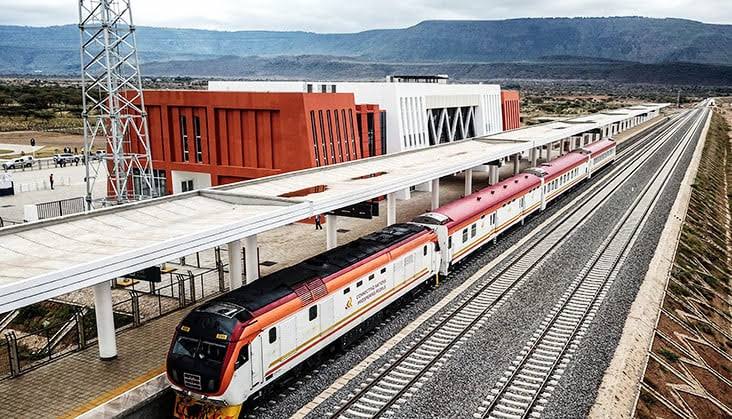
The 4,097-kilometer railway network in Tanzania is an essential means of transportation that links the Indian Ocean to the landlocked interior of the country as well as its neighbors. East and Southern Africa’s trade, mobility, and economic integration are greatly aided by this vital rail system. The famous TAZARA Railway (Tanzania-Zambia Railway Authority) is the hub of Tanzania’s rail network. From the vibrant port city of Dar es Salaam to Kapiri Mposhi in central Zambia, this international line was constructed in the 1970s with assistance from China. Through Tanzania’s seaports, Zambia, Malawi, and portions of the Democratic Republic of the Congo may import vital supplies and sell commodities, making the TAZARA line a vital commerce route.
6. Algeria

Algeria’s extensive 4,020-kilometer railway network is the foundation of the nation’s industrial and economic growth. Algeria, which has a strategic location in North Africa, has made significant investments in its rail system to improve regional trade and internal mobility. The nation’s railroads are built to facilitate the expansion of industry, especially in industries like manufacturing, energy, and mining. Important routes facilitate effective supply chain operations and increase economic output by moving industrial items, raw materials, and minerals between inland manufacturing zones and big metropolitan centers.
7. Democratic Republic of the Congo
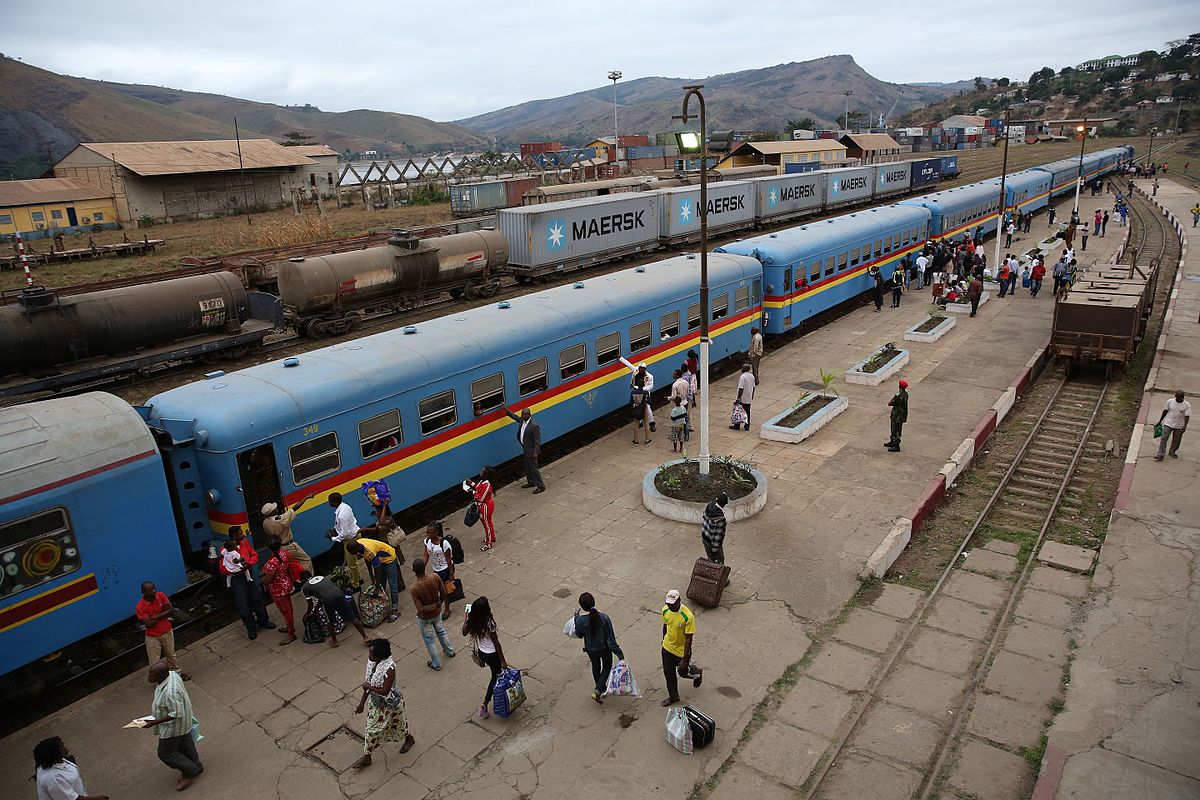
The 4,007-kilometer railway network in the Democratic Republic of the Congo (DRC) is essential to the survival of one of Africa’s most resource-rich but infrastructure-poor countries. Railways are vital in a nation where road transportation is frequently unreliable or nonexistent in rural areas, particularly for towns and places with a mining industry. Some of the most precious mineral resources in the world, including as copper, cobalt, and diamonds, may be found in the Democratic Republic of Congo. The railway system is essential for moving these raw materials from inland mining centers to ports and export terminals. A large portion of the network is managed by the Société Nationale des Chemins de fer du Congo (SNCC), which runs trains that transport goods between economic hubs like Lubumbashi and Kinshasa and mineral-rich areas like Katanga.
8. Kenya

With a 3,819-kilometer railway network, Kenya has one of the most sophisticated and strategically significant transportation networks in East Africa. The Standard Gauge Railway (SGR), a revolutionary infrastructure project that has completely changed how people and products are moved around the region, is at the center of this network. The SGR, which was introduced in 2017, spans more than 470 kilometers and links the capital city of Nairobi with the bustling coastal port of Mombasa. This contemporary rail route has greatly increased the efficiency of freight movement, cut down on trip times, and decreased transportation costs. The SGR, which has high-capacity trains and is intended for both passenger and freight services, has emerged as the mainstay of Kenya’s supply system.
9. Nigeria
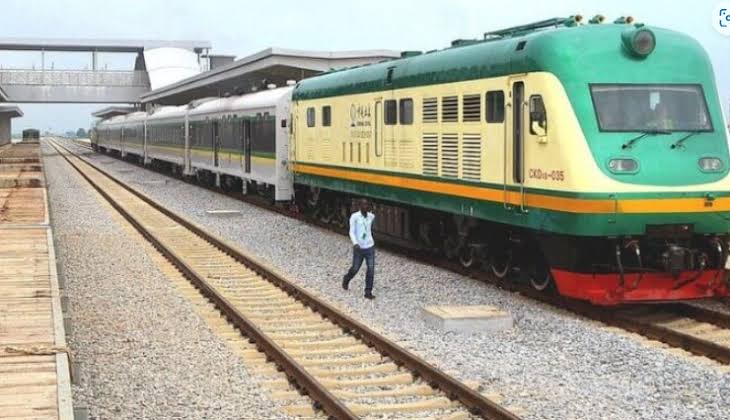
The greatest economy and most populated country in Africa, Nigeria, has a developing railway network that currently covers 3,505 kilometers. Nigeria’s railways, which were formerly a regional leader in rail transportation, are currently experiencing a spectacular renaissance with the goal of regaining the system’s previous prominence and assisting the nation’s contemporary economic goals. Historically, the main purpose of Nigeria’s railway network was to move raw resources and agricultural products from the hinterlands to the ports during the colonial era. However, a sharp drop in dependability and utilization resulted from years of neglect and underinvestment that caused tracks, locomotives, and stations to deteriorate.
10. Zimbabwe
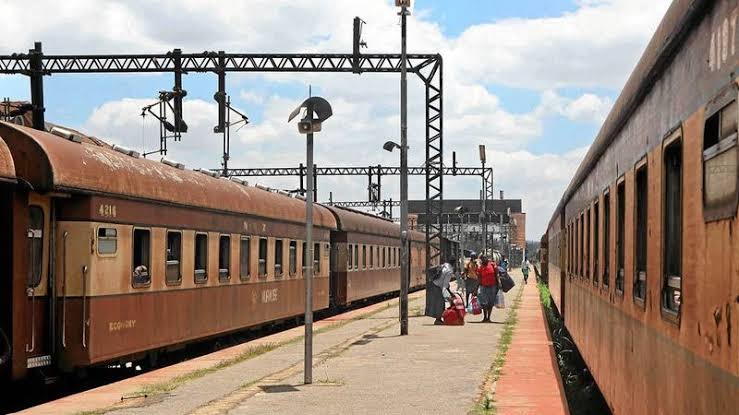
The 3,427-kilometer railway network in Zimbabwe is an essential connection connecting the main industrial and urban hubs of the country. This system, which is run by the National Railways of Zimbabwe (NRZ), links the nation’s many mining and agricultural areas with major towns including Harare, Bulawayo, and Mutare. Zimbabwe’s railways have been essential for decades in moving coal, minerals, and agricultural goods, supporting a large portion of the nation’s export and industrial operations. The network makes it easier to transport valuable resources like coal, ferrochrome, gold, and platinum to domestic processing facilities and export routes, especially via regional corridors that connect Zimbabwe to its neighbors, South Africa, Mozambique, Botswana, and Zambia.





